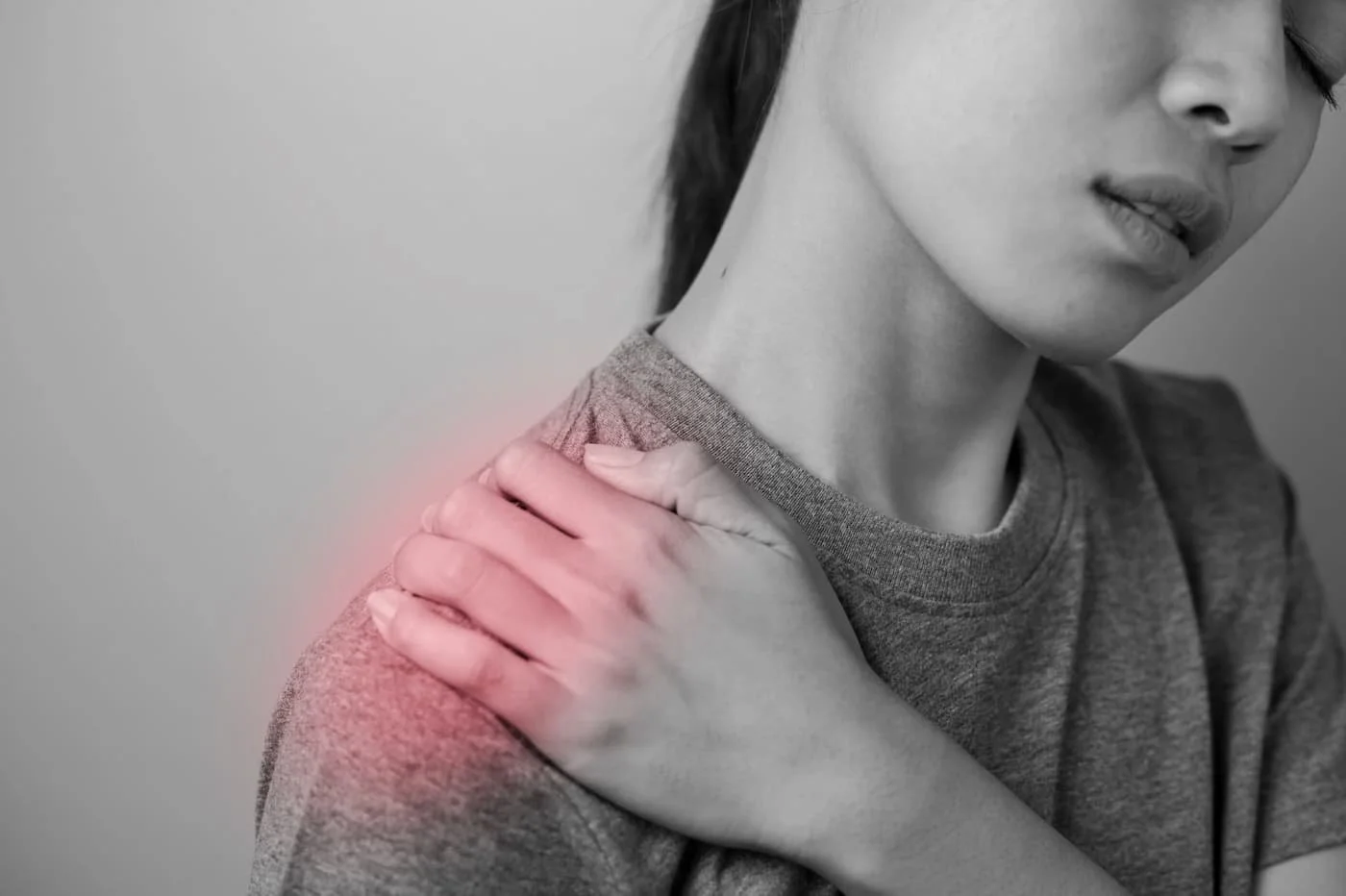
Restoring Function. Embracing Life.
Shoulder Arthritis Specialist in Singapore
Dr Bryan Wang
Consultant Orthopaedic Surgeon
Trusted Orthopaedic Surgeon | Fellowship-trained in Canada | With over 20-years of experience
What is Shoulder Arthritis?
Shoulder arthritis is inflammation in your shoulder joint that occurs as a result of cartilage loss. The inflammation causes pain, stiffness and difficulty in performing your daily activities. The shoulder is a “ball and socket” joint. It is where the “ball” of your upper arm (humerus) rests against the “socket,” or hollowed-out cup, on the edge of your shoulder blade (scapula). This joint is called the glenohumeral joint.
Shoulder arthritis can also happen at a second joint in your shoulder where your collar bone (clavicle) meets the acromion on your shoulder blade. This joint is called the acromioclavicular joint.
Over time, arthritis leads to cartilage loss. Cartilage is the tissue that covers the humeral head and the “socket” of your shoulder joint. Cartilage allows the bone surfaces to glide within the joint. It also cushions your bones against impact.
In the end-stage of shoulder arthritis, bones in the joint rub directly against each other without the protective coverage of the cartilage.
There are different causes of shoulder arthritis, but the most common causes in this part of the world are shoulder arthritis that develops as a result of rotator cuff tear (rotator cuff arthropathy), degeneration (primary glenohumeral osteoarthritis) and post-traumatic (following previous injury or surgery).
Symptoms At a Glance
Patients with shoulder arthritis may present with the following symptoms:
Shoulder pain with movement
Shoulder pain at rest (with increasing severity)
Shoulder pain worsening with activity and at night
Shoulder weakness and stiffness
Difficulty in performing daily activities
Grinding, clicking or catching sensation of the shoulder
How to Diagnose?
Clinical assessment will include taking a detailed history and a thorough examination of your shoulder. Dr Bryan will conduct assessment such as checking motion, crepitus, tenderness etc.
Further imaging tests like X-rays, to assess cartilage loss, bone spurs, joint narrowing. MRI and CT scans may occasionally be required to further assess cartilage, rotator cuff, and bone changes.
Shoulder Arthritis Treatment
What are my Treatment options?
If you have any of the symptoms above, it is advisable to see an orthopaedic specialist for further assessment. The appropriate treatment is decided after assessment and a collaborative discussion based on your needs. They can be broadly divided into conservative (non-surgical) and surgical options.
Shoulder Arthritis Conservative Treatment
Non-surgical measures will usually be recommended first if you have not had any prior treatment for your shoulder arthritis and your symptoms are mild or manageable.
These may include a combination or all of the following measures:
Rest
reduce inflammation within the shoulder joint
Cold packs
to reduce swelling
Medications
anti-inflammatory drugs to reduce pain and swelling
Physiotherapy
to strengthen the shoulder muscles and improve range of motion
Cortisone injection
this may sometimes be required if the pain is persistent
Shoulder Arthritis Surgical Treatment
If your shoulder pain and weakness is persistent despite all the above measures, surgery may sometimes be required. The appropriate surgical treatment will depend on your age and functional demands, and also the underlying cause of the shoulder arthritis. This can include the following:
Total shoulder replacement
In this surgery, plastic and metal replace the diseased sections of bones in your shoulder joint. Part of the “ball” of your humerus head is replaced with a new metal head that attaches to a metal stem that goes inside your humerus bone. A smooth plastic socket covers your shoulder socket. This is typically performed for primary glenohumeral osteoarthritis.
Reverse shoulder replacement
In this surgery, we reverse the location of the ball and socket to improve the biomechanics of the shoulder when the rotator cuff is deficient. A metal head attaches to your shoulder blade and a socket attaches to your humerus. This is typically performed for rotator cuff arthropathy.
Arthroscopic shoulder debridement
In this surgery, small tools and a camera are inserted through small incisions in your shoulder. This is to remove loose fragments of damaged cartilage in your shoulder joint and file down any bone spurs if present. This may be an option if you have early arthritis with some cartilage left. Although this procedure does not reverse arthritis, pain relief may last up to 24 months.

Why choose Beacon Orthopaedics?
Focused expertise: Dr Bryan Wang is fellowship-trained in Shoulder & Elbow and Sports Injuries (Pan Am Clinic, Canada) and previously served as Senior Consultant (CGH). He has taught at NUS, NTU, and Duke-NUS and is a member of AAOS, ISAKOS, and the Canadian Shoulder & Elbow Society.
Athlete-centred care: Dr Bryan Wang has many years of experience and expertise supporting professional athletes and weekend warriors alike; return-to-sport is built into your plan.
One stop centre: You can expect same-week imaging where appropriate, on-site/partner physiotherapy, and clear return-to-work/sport milestones all within one medical clinic.
Keyhole-first philosophy: Dr Wang believes in approach of Arthroscopic surgical repair, shoulder arthroscopy and advanced solutions.
Ready To Get Confident with Your Shoulder Again?
If you’re experiencing recurrent shoulder pain, pain after overhead activity, or suspect a shoulder arthritis, book an appointment with Beacon Orthopaedics, Singapore.
Early, accurate diagnosis and a structured plan can get you back to work, sport, and daily life with confidence.


